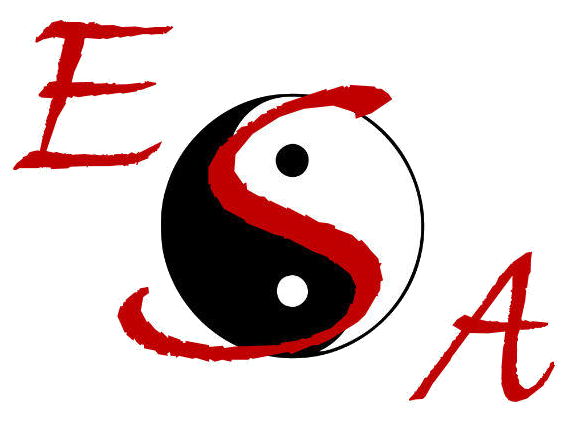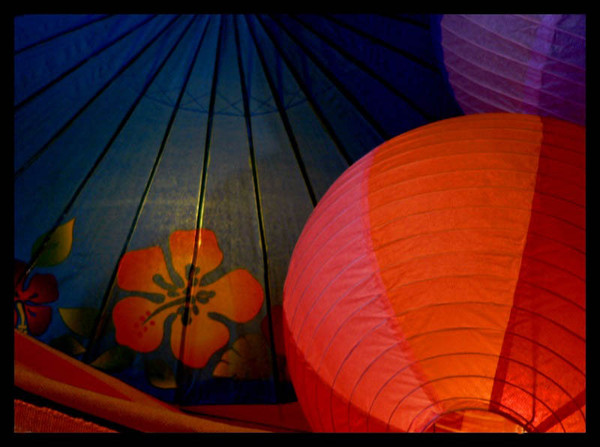 It’s about almost month into the New Year. Do you already wish you had a do-over for your New Year’s Resolutions?
It’s about almost month into the New Year. Do you already wish you had a do-over for your New Year’s Resolutions?
If so, you’re in luck. You do.
February 10th is the Chinese lunar New Year. The celebration of the New Year, the Spring Festival, is China’s longest and most important holiday. Because it is based on a different calendar, it falls on a different date between January 21 and February 20 every year. You can think of Spring Festival as Christmas and New Year all rolled into one. Just like our holiday season, it’s a time of celebration, visiting family and friends, giving gifts and preparing for the next year.
Chinese Lunar New Year: Spring Festival
In China, there are many New Year’s traditions during the 15-day Spring Festival. Many people clean their homes to sweep away the past year and usher in the next. Oftentimes family members travel home for a visit. Children receive red envelopes, called hóngbāo in Mandarin, filled with money from their relatives. People hang red lanterns outside their homes to bring happiness and good luck. On Chinese New Year’s Eve families gather for a huge meal and enjoy “lucky” foods together. And, of course, there are fireworks.
The Chinese zodiac has 12 years in its cycle, each one represented by an animal; 2013 is the Year of the Snake. Astrologers say that people born in the Year of the Snake are wise but enigmatic. They are very intuitive and size up situations well, but say little. Snakes are refined; they like to dress well and are usually financially secure. They are intense and passionate in relationships, but can become jealous and suspicious. Snakes prefer a calm, stress-free environment.
Recommit to Your New Year’s Resolutions
The Chinese do not traditionally make New Year’s Resolutions like we do in the West, however this is a good time to reflect on the goals you set a month ago. Are you keeping your New Year’s resolutions?
If you’re having trouble, maybe it’s time to take a lesson from the Snakes. Take a quiet moment and reflect on what is stopping you. Do you need to get serious? Do you need additional support? Are your goals genuine—do you want to do them or do you think you should do them? Why haven’t you kept your New Year’s Resolutions?
If your resolutions include improving your health in 2013, I can help you with that. Give me a call and we can arrange an appointment for anything from a tune-up to weight control to mood balancing.
If you need to make a deeper commitment to your resolutions, take a moment and think about what you need to do to keep them. Write down 3 easy action steps.
…and do them. Now.
Use the Chinese lunar New Year as a do-over. Commit to your New Year’s resolutions.
Gōng Xǐ Fā Cái. Happy New Year.
Photo credit: Gayle Nicholson / Foter / CC BY-SA
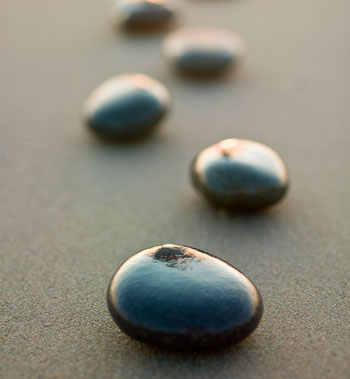 I’m a lucky acupuncturist.
I’m a lucky acupuncturist.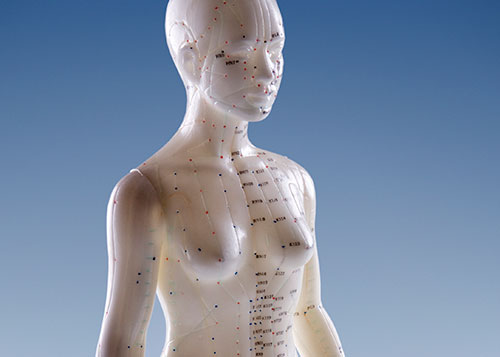 Having breast cancer is hard. Your body wages a war against cancer cells and your emotions may slide into fear, grief, anxiety and depression.
Having breast cancer is hard. Your body wages a war against cancer cells and your emotions may slide into fear, grief, anxiety and depression. Many people feel down as winter approaches. It’s dark. It’s cold. The holidays can be stressful.
Many people feel down as winter approaches. It’s dark. It’s cold. The holidays can be stressful. It’s about almost month into the New Year. Do you already wish you had a do-over for your New Year’s Resolutions?
It’s about almost month into the New Year. Do you already wish you had a do-over for your New Year’s Resolutions?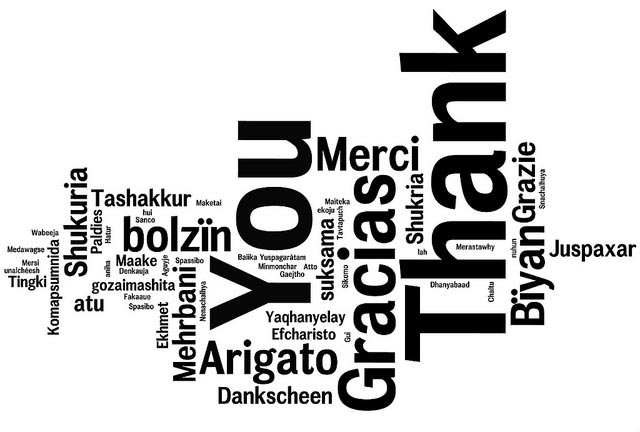 Your mother was right–say thank you.
Your mother was right–say thank you.